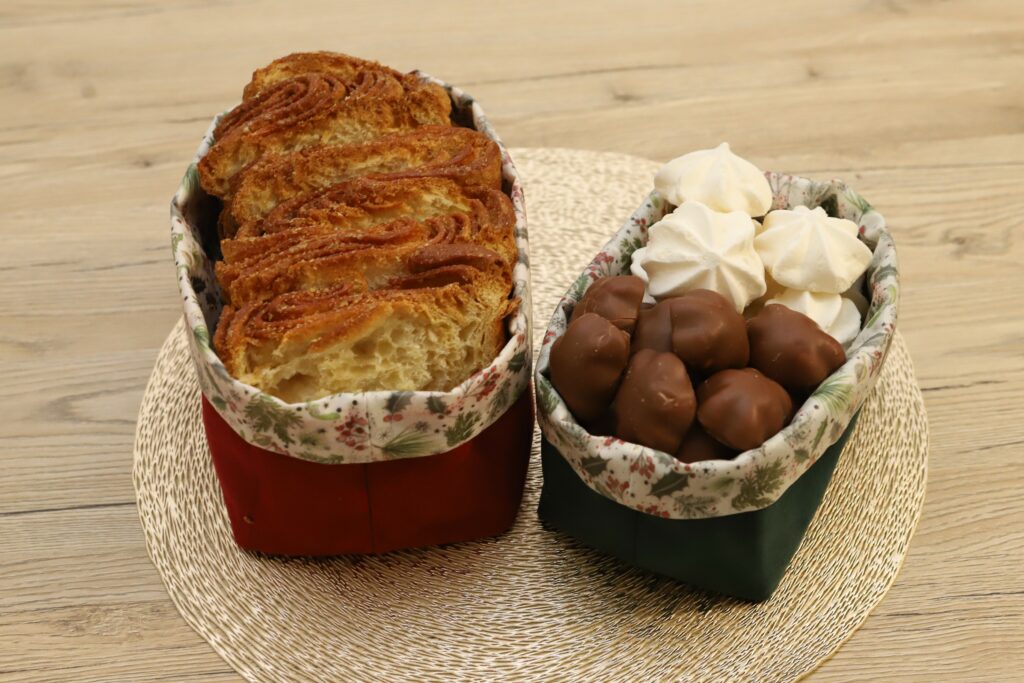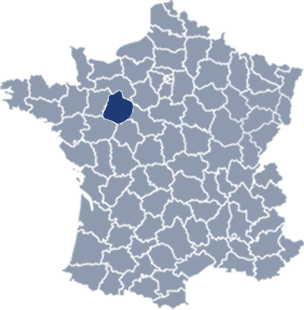
What is the “food contact” standard?

When any material or object comes into contact with food, it is important that it does not render the food unfit or unsafe for consumption. This material may, for example, transfer particles (fibers, fine particles resulting from abrasion) or some of its components (e.g. varnish from a treated wooden object) to the food. The undesirable effect may be to alter the taste of the food, or to make it hazardous to health in the short, medium or long term. This is why the characteristics of objects that may come into contact (even temporarily) with food are strictly regulated and monitored.
In Europe, European regulation N°1935/2004 of October 27, 2004 defines the rules applicable to objects and materials that may come into contact with foodstuffs, in order to protect consumers. This text lays down the general rules incumbent on manufacturers of these materials and objects: analysis and control of materials, implementation of good manufacturing practices, establishment of traceability and documentation, communication and labeling obligations.
Food contact for coated fabrics
When the object is made of plastic, or contains a plastic surface layer, as in the case of LACOTE coated fabrics, European Regulation 10/2011 sets out the more specifically applicable technical criteria. The general aim is to ensure that there is no migration of components into foodstuffs.
The first criterion is overall migration, which must in no case exceed 10 mg per dm2 of surface in contact with food, under the most severe conditions of temperature and contact time envisaged for the object. As not all foods behave in the same way, classes are defined for different types of food (aqueous, alcoholic, acidic, fatty, dry).
The second criterion is the specific migration of 885 chemical substances or classes of substances (in mg per kg of foodstuff), the limit value being defined on the basis of studies on the hazardousness of the substance in question.
The third criterion concerns the absence of certain compounds known to be hazardous in plastics (e.g. heavy metals).
Food contact quality coating: high standards and expertise
To meet the exacting requirements of this market, LACOTE has developed specific formulas for its coatings, the quality of which is tested by accredited external laboratories. Documentary tracking is also in place to ensure traceability.
LACOTE is thus able to meet the diverse needs of its customers for food-contact coated fabrics:
- Transparent or tinted coatings for repeated short-term contact with all types of foodstuffs
- Coatings for long-term contact with dry food.
The company’s food-contact coated textiles are used in the manufacture of a wide range of consumer articles, such as baskets for chocolates or pastries. Another user sector is the food industry, at every stage of the process where it is necessary to protect machines or operators.
The important consequence for the user of coated fabric is that an object, whatever it may be, is not authorized or forbidden for food contact without limits: It is authorized for contact with certain types of food under certain contact conditions (température, duration).

